Simply put a technical drawing is a drawing that conveys information or instruction to the intended viewer. LEADER LINE Medium line with arrowhead to show notes or label for size or special information about a feature.

10 Different Types Of Lines Used In Engineering Drawing
Drawing Line Types Weight.
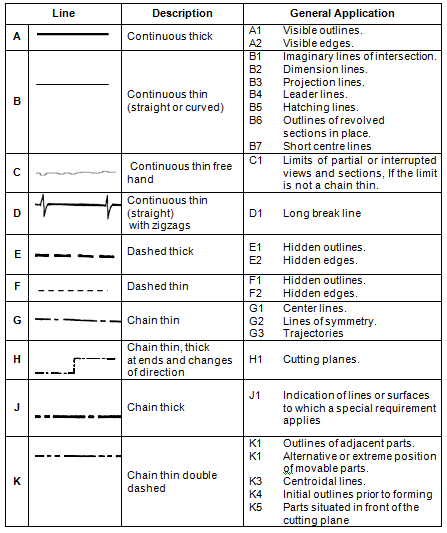
. D type Continuous THIN Zig-Zag. The Line type definition numbers are my own. B type Continuous THIN.
What are the 3 major line types that are used for technical drawings. You are not limited to these line types. SECTION LINE Medium lines drawn at 45 degrees use to show interior view of solid areas of cutting plane line.
PHANTOM LINE Long line followed by two short dashes use to show alternate position of a moving part. Thick lines are generally twice as wide as thin lines usually V32 inch or about. BS EN ISO 128-202001 Technical drawings.
Line weight is the thickness of the line. 12 AreasProfessional Disciplines of Technical. This video will help you to understand the difference between different types of lines used in technical drawing.
Construction lines and guide lines are very light easily erased lines used to block in the main layout. You should make the line so that end. The centre of circular.
It is used to. Types of Lines in Technical Drawing Object Line. Drawings for interior design projects generally use three line widths.
Figure 3-7 These are common line types used in drawings to describe objects hidden conditions and important relationships between components and space. Visible lines are the edges or outlines of an object. ORDER OF PRIORITY OF COINCIDING LINES When two or more lines of different types coincide the following order of priority should be observed.
This line is used mainly in sketching which is a freehand drawing technique. Centre lines are used to represent. A center line is a 3 mm to 5 mm line that alternates between short and long dashes.
BS 88882008 Technical product specification. CONSTRUCTION LINE very light and thin line use to build layout work. All other lines contrast with the visible lines by having either a thinner weight andor a combination of dashes.
Measure lines Backside section lines Implied axis lines to state the code of the planes at diagonal lines which are used to state plane surface Intersection Leader Hatching. A type Continuos Thick. This line is used to draw all the edges of the object.
General principles of presentation. In this followup to my first line types video I talk about a few more types of lines used in technical drawings. Line types are also a language type to communicate between technical people.
Dimensions and tolerances can be illustrated on these types of projected drawings. Following are the different types of lines used in engineering drawing. In parallel projection the angle between the projection plane and projector lines is 90 degrees.
Technical drawings are blue print style drawings that display a products information from dimensions like height width and depth to specified information such as materials or assembly details. Technical drawings are used widely. I Visible outlines and edges Continuous thick lines type A ii Hidden outlines and edges Dashed line type E or F iii Cutting planes Chain thin thick at ends and changes of cutting planes type H iv Centre.
Within the branch of the technical drawing appears the line a fundamental characteristic of it important to illustrate the different objects. There are then different types of lines among the main ones are. Using the Alphabet of Lines.
Centre Lines on Cylindrical Objects. H type Chain THIN and THICK. Not all of them have a specific meaning or at least they only have a meaning that is specific to the industry they are used in.
A PFD normally comprise of but not limited to i all the process lines utilities and operating conditions essential for material balance and heat and material balance ii utility flow lines and their types which are used continuously within the battery limits iii equipment diagrams to be arranged according to process flow designation and equipment number iv. A hidden line. Object lines are solid heavy lines 7 mm to 9 mm.
These lines define the shape of the object portrayed. C type Continuous THIN Freehand. OBJECT OR visible LINES thick dark line use to present outline of object clearly shows edges and surfaces.
F type Dashes THIN. The artistic drawings are used to express the feelings beliefs philosophies or abstract ideas of the artist. If this angle is not 90 degrees this projection type is called oblique projection.
Fold Lines are lines used to represent an object flattened out into a 2D shape the bend lines are represented by long line and two short dashed line and then a long line again as shown on the left. Centre Line or centreline Extension Line. There are two basic types of drawings.
Thick dark medium and thin light. Show with simple line drawing the direction from your school to your homeAsk comment from your teacher. Once again you are free to make up your own line definitions but it is recommended that you put a note on the drawing with their meaning.
Guide line It is used to indicate a. The British standards give us fifteen line types to use. Surroundings and sides of the matters Outlines of the Edges End of the Screws B.
E type Dashes THICK. In multiview projection the. In technical drawing a multiview projection type is generally used.
DIMENSION LINE Thin and dark lines usage to present the size span of an object with a numeric value. G type Chain Thin. They are drawn as solid lines with a thickheavy weight.

Type Of Lines In Technical Drawings

Standard Engineering Drawing Line Types Line Art Lesson Types Of Lines Different Types Of Lines
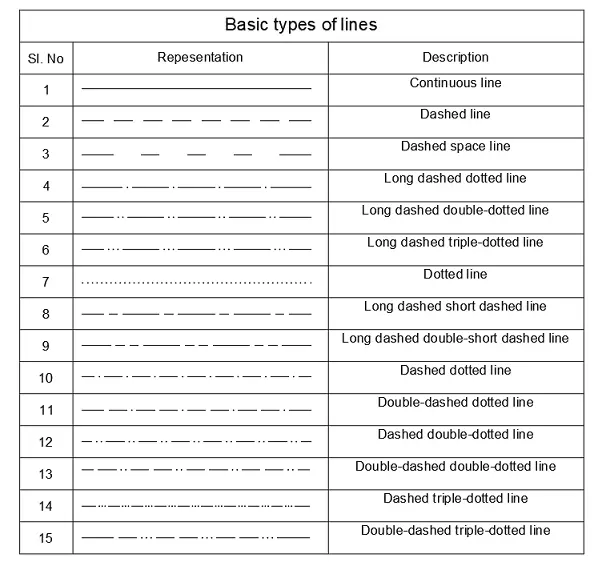
Types Of Line In Engineering No 1 Detailed Guide To Line Types
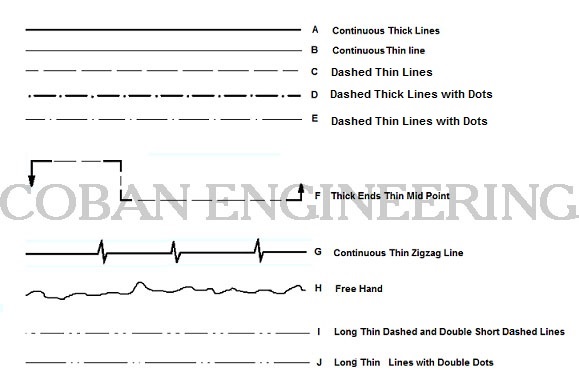
Technical Drawings Lines Geometric Dimensioning And Tolerancing Definition Of The Drawings Lines Iso Ansi Projected Two View Drawing

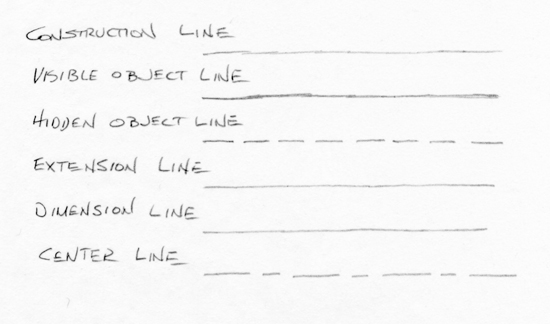
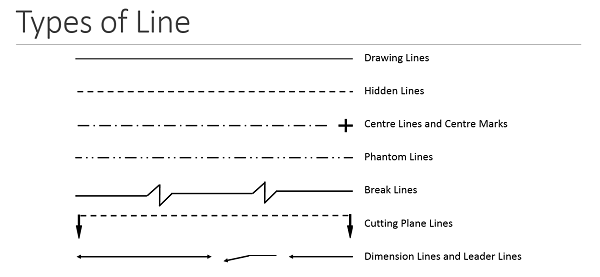
0 comments
Post a Comment